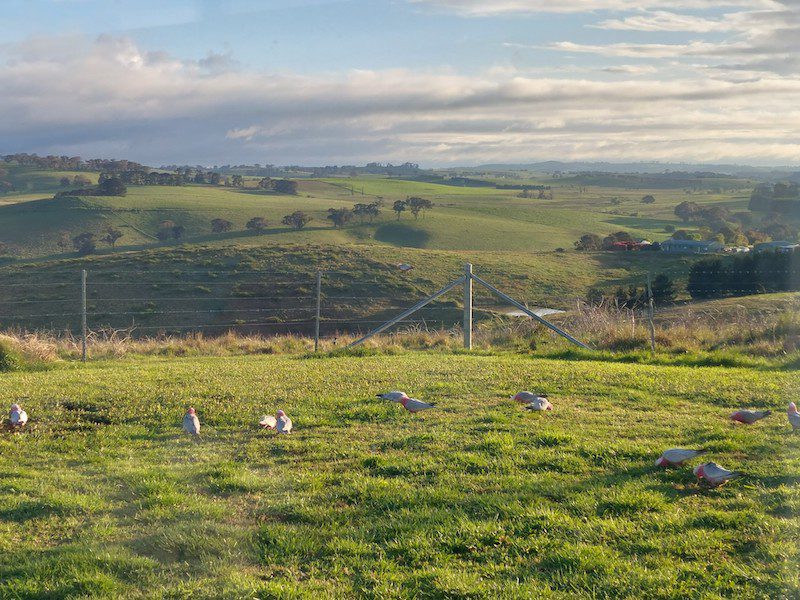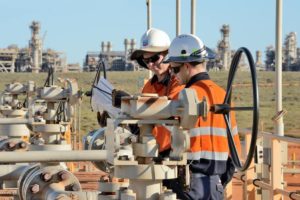The NSW government’s planning department has defended its record on planning approvals to wind and solar projects, saying that assessment timeframes have reduced rapidly since 2021.
The response from the Department of Planning and Environment follows concerns raised by renewable energy developers about delays and uncertainties in the planning process, and new data that revealed a sharp fall in planning approvals.
The new analysis from Rystad Energy said that approvals in the worst-affected state are running well below the quantity needed to meet the state’s roadmap of replacing nearly all its coal-fired power stations within a decade.
See our story: Wind and solar face planning brick wall that threatens to derail switch from coal
In an emailed statement, however, a spokesperson for the DPIE said projects were being assessed on their merits in accordance with the Environmental Planning and Assessment Act, and other legislation.
“Since the beginning of 2020, 32 large-scale solar, wind, transmission and energy storage projects have been approved,” the statement said.
“There are another 25 currently under assessment, many of which we expect will be determined this year. We are waiting for the Environmental Impact Statements for a further 60 projects.
“DPE continues to reduce assessment timeframes and has seen a steep decline since 2021. For example, the recently approved Forest Glen Solar Farm was approved in less than 80 days including a statutory 28-day public exhibition period.”
Forest Glen is a 90MW solar project (with a 25MW, one hour battery) that X-Elio proposes to build near Dubbo. It amended the layout of the site after feedback from government agencies. It hopes to complete the project by 2024.
However, the renewables industry insists that these timeframes ignore the new “soft lodgements” that effectively delay the formal lodgement of a project application.
They say that with the “soft lodgement”, the Department makes verbal demands to change the project design that are often not required by the applicable guidelines or regulations. If a developer does not comply with the verbal demands, the EIA can remain in the soft lodgement ‘twilight zone’ until they do.
“Quoted timeframes can’t be relied on, the department is refusing lodgement of applications for months and months and get stuck in the ‘unregulated twilight zone’, so the assessment timeframe data does not reflect the true timeframes,” said one developer, who did not want to identified because of the sensitivity of the issue.
Developers also point to the Rystad data that shows only two wind farm has received planning approval in NSW in the last four years – and none in 2022 and none so far in 2023.
The DPIE is revising its 2016 Wind Energy Guidelines and has undertaken some preliminary consultation with the industry. It is considering feedback received and will publicly exhibit the draft guidelines for further input later in the year.
In the past year it has published State Significant Development Guidelines (in October) and revised the Large Scale Solar Guideline in August 2022,
“It’s important that our comprehensive assessment considers community feedback, advice from government agencies and independent experts as required,” the statement said.
“Early engagement with stakeholders by applicants is important for understanding community views, potential impacts and matters that need to be considered.”










